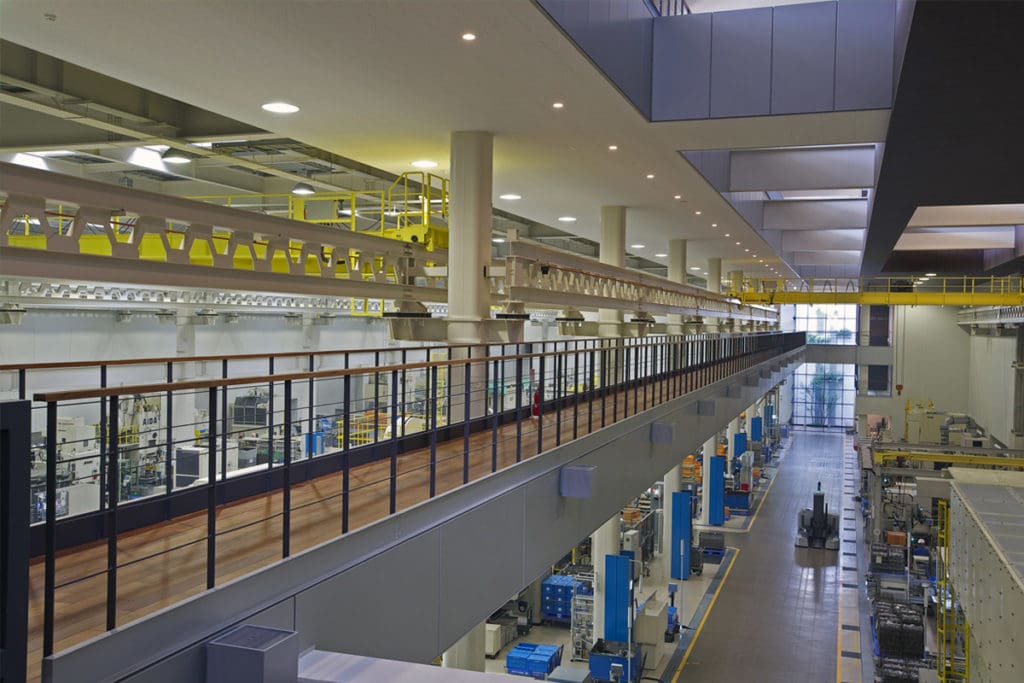Letter from America: Signs of Major Market Contractions

Santa Fe, US
Here’s a prediction and if it’s wrong … well, that’s the way predictions go.
Nonetheless, let me go out on a limb and suggest that the US bicycle market will contract, perhaps significantly, over the next 12 months.
And the outlines of that trend are starting to emerge. Anecdotal evidence suggest inventory is growing, discounting is quickening, and dealers are concerned as consumers pull back from retail buying.
But tracking trends in America’s bicycle industry is a fraught endeavour. Real-time data, shared industry wide, is non-existent. The industry’s biggest players guard their decision-making data as if it were the key to unlocking the mysteries of the universe.
What data is available publicly, like the US Commerce Department’s import and export data, lags in real-time, although some trends could be discerned if the numbers are parsed carefully.
But more to the point, no one really knows how many e-bikes, in what configuration, are imported annually into the US. It’s also worth noting that e-bikes comprise the most significant market change since the heyday of the mountain bike and sales numbers are elusive at best. Other non-electric categories are declining or, at best, holding even with past performance.
Heavy Discounts
But the informed buyer of Walmart e-bikes is, perhaps, a rarity. Still, you can’t beat the prices. A featured product like the 700c Hyper commuter is a good example. Originally priced at $1,378, it can now be had for $690 — a near 50% cut in pricing. Grip shifters, seven-speed derailleur, no-name hub motor, no-brand V-brakes — you get the picture. Still, Walmart will ship that beast in three days, with a modest shipping surcharge.
Dick’s, on the other hand, has a far more limited array of e-bikes boasting Schwinn and Nishiki brand names. And Schwinn predominates. Smart move. But Dick’s, too, is blowing out inventory. The Nishiki Escalante men’s commuter, originally priced at $1,499, can be had for $749.99. Tack on shipping and it’s yours at a bargain basement price of $769.98. Why wait? Buy two.
A quick trip through the Amazon jungle and discounts on e-bikes are found easily. Now these are less than high-quality units, but it’s clear heavy discounting is on the rise and not just for bikes. Cycling apparel, accessories and some parts are on the sales block as well. Check out any popular consumer site, like Competitive Cyclist and Backcountry.com among others.
Thule, for example, a company not known for deep discounts in the US, has apparently run smack into what appears to be inventory overload with its much touted Tepui brand of roof-top tents for cars and SUVs. Thule sold thousands of these as the pandemic lured people into the outdoors to escape forever-lockdowns. Now consumers can buy these expensive roof-top tents at a 25% discount. The bullwhip cracked.
Shimano’s Market Assessment
And, finally, a quick look at Shimano. I consider Shimano one of the finest global brands in the industry. One can argue forever about its dominance and its practices, but no one can argue with the overall quality of its products. However, Shimano is a conservative company. And its many years of success – including its engineering prowess – can be traced to collecting data, parsing that data carefully, and introducing new products with an eye toward the future. Shimano eschews one-offs and rarely makes a major misstep.
“Shimano executives, peering into a murky market shaken by the pandemic, concluded that too many sales had been pulled forward.”
However, Shimano, publicly traded under SHMDF, has seen its stock price plummet by 43% over the past six months – from JPY 282.20 to JPY 161.25. That’s significant and is indicative that the global pandemic is now rewriting financial history among all industrial sectors, including cycling.
Shimano warned in its first quarter report that demand levels experienced during the pandemic were unsustainable. Shimano most likely views the future growth in cycling as modest at best. Couple that with consumer worries in Europe as the Ukraine war upends Europe’s economy. Consumers, wary as inflation surges in the US and Europe, are pulling back from retail spending. This deceleration in demand is impacting bicycle sales and most likely will continue for the foreseeable future.
Shimano executives, peering into a murky market shaken by the pandemic, concluded that too many sales had been pulled forward; that once the pandemic began to subside the bicycle market would normalise and perhaps contract.
More importantly, Shimano also recognised that building or expanding factory capability quickly enough to catch a cresting wave of demand would end poorly. There’s nothing as costly in the world of manufacturing than an idle factory. Shimano essentially understands that the number of consumers who want a new bike each year is finite, even on a planet with eight billion potential cyclists, most of whom will never set foot on a pedal no matter how hot the planet gets.
So here’s my takeaway: Inventory levels are building, demand is slackening, discounting is growing. Now is the time for US dealers to thin inventory and buckle up for few tough years. Walmart and Dick’s seldom mess around when it comes to inventory levels. They try to get rid of it.
